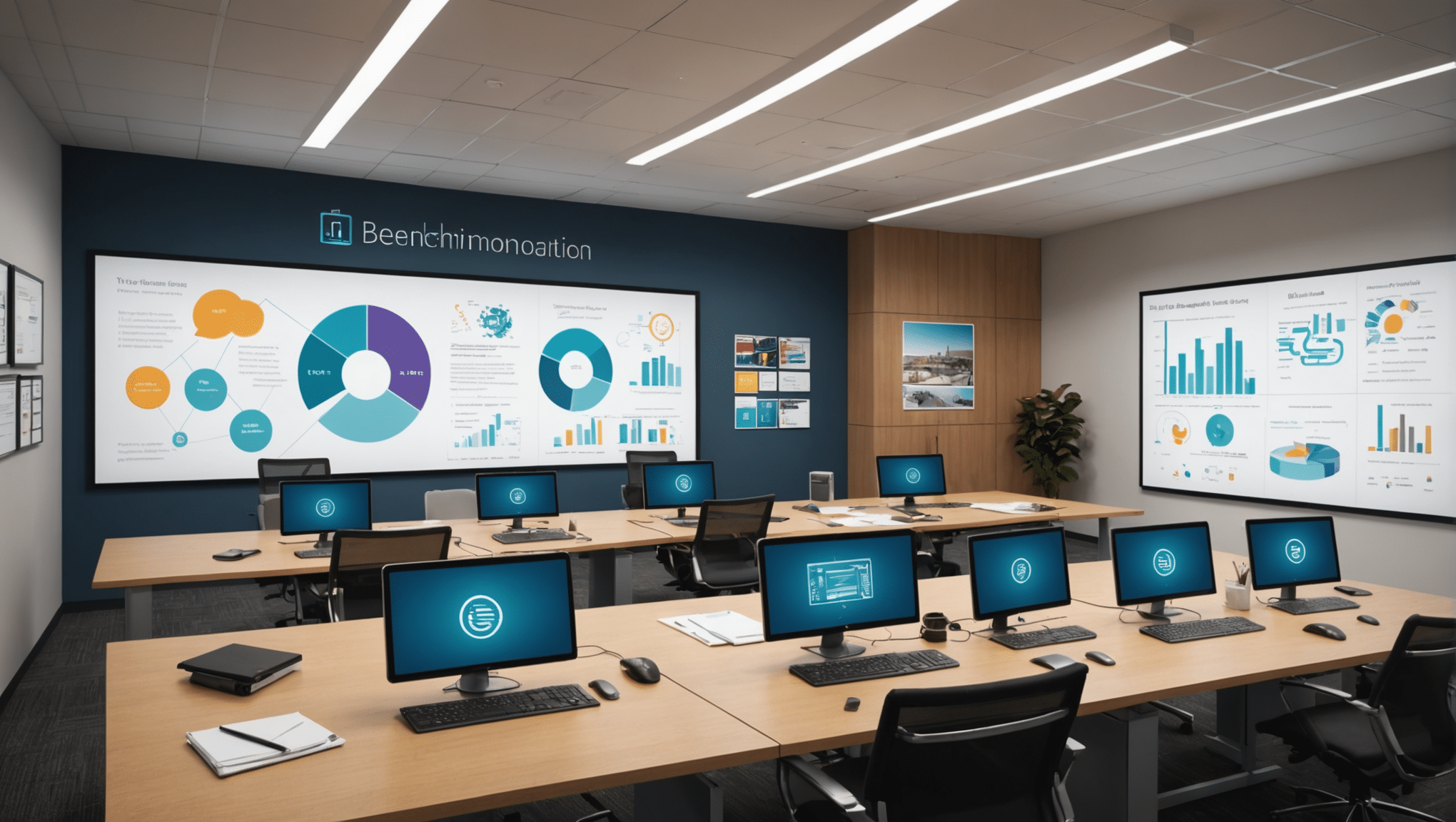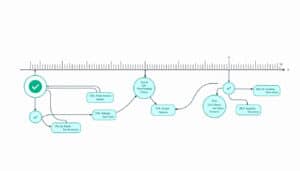The benchmarking and innovation form a powerful strategic alliance, allowing companies to draw inspiration from best practices while reinventing themselves. This approach involves scrutinizing the performance of other market players to identify unexplored opportunities, emerging trends, and effective methods. By going beyond mere comparison, it uncovers innovative pathways that can propel a company towards excellence. As such, benchmarking becomes an essential lever for those who aspire to transcend existing standards and stand out in a constantly evolving competitive environment.
🔥 Nous recommandons Ideamap
Ideamap est l’outil idéal pour un brainstorming ou un projet collaboratif. Grâce son interface facile et à ses fonctions IA, Ideamap booste votre créativité tout en favorisant une meilleure organisation de vos idées pour atteindre vos objectifs.
|
IN BRIEF
|
In a world where competition is relentless, benchmarking emerges as an indispensable tool. By relying on the study of the best practices of other market players, it allows not only assessing one’s own performance but also nurturing a vibrant and dynamic innovation process. This article explores the intrinsic links between benchmarking and innovation, illustrating how drawing inspiration from others’ successes can propel a company to new heights.
What is benchmarking?
Benchmarking is often defined as a method of comparison between different companies, aimed at identifying and adopting the best available practices. This approach can focus on various aspects, such as products, services, or internal processes. The goal is clear: objectively compare oneself to the competition to improve one’s own performance.
The different forms of benchmarking
Benchmarking comes in several forms, including competitive benchmarking, which focuses on analyzing the performance of direct competitors. Functional benchmarking evaluates practices within similar industry sectors, while internal benchmarking helps identify best practices within the organization itself. Each of these approaches offers unique insights on how to optimize processes and innovate.
The key role of innovation in benchmarking
Far from being a mere replication of competitive practices, benchmarking should be viewed as a source of inspiration. By analyzing emerging trends and effective methods, a company can develop innovative solutions that address the changing needs of the market. Innovation benchmarking thus goes beyond simple observation: it encourages companies to anticipate changes and position themselves as leaders in their field.
Identifying opportunities through benchmarking
The search for inspiration through benchmarking often leads to the identification of innovation opportunities. By studying success stories from various sectors, a company can consider new approaches that will catalyze its own initiatives. For example, the integration of advanced technologies following an analysis of market leaders’ practices can lead to disruptive solutions.
How to implement an effective benchmarking process?
To fully benefit from a benchmarking approach, it is crucial to follow certain steps. It begins with clearly defining the goals to be achieved: whether it is to improve the quality of a product or optimize a service, each goal must be specific. Next, it is essential to identify the companies and practices to be analyzed. Once these elements are clarified, engaging in a thorough study allows for deriving applicable lessons.
The importance of collaboration and knowledge sharing
In the realm of innovation, knowledge sharing is fundamental. Participating in experience-sharing networks, such as innovation forums or inter-company exchange groups, can enrich the benchmarking process. By relying on diverse experiences, an organization equips itself with additional tools for its own innovation strategy, nurtured by collaboration.
Design thinking: a complementary approach
Design thinking is an approach that ideally complements benchmarking in terms of innovation development. By placing the user at the center of the creation process, design thinking allows for a better understanding of the real market needs, thus paving the way for truly innovative solutions. This method promotes a culture of open innovation, essential for drawing inspiration from the successes of others while developing unique approaches.
To delve deeper into this concept, explore how design thinking fosters open innovation and the impacts of digital transformation on innovation strategy.
In an environment as competitive as today’s, combining benchmarking with innovation is not an option but a necessity. By drawing inspiration from best practices and integrating a user-oriented approach, companies can not only improve their performance but also position themselves as innovative players in their market.

Benchmarking is not merely a comparison technique, it is a true lever of innovation that allows companies to effectively position themselves in a competitive environment. By drawing inspiration from the best practices in their sector or even in different sectors, companies can discover new opportunities and challenge established norms. This opens the door to continuous improvement and a transformation that might seem inaccessible without this approach.
The benchmarking process revolves around several key steps: identifying the areas to evaluate, choosing the reference companies, and analyzing their methods and performances in depth. This process allows companies to reveal their shortcomings and adopt a proactive approach to the challenges they face. By studying the competition, it is possible to detect emerging trends and gain valuable insights for innovation.
Moreover, incorporating design thinking into this practice enhances the ability to innovate. By emphasizing user experience and fostering interdisciplinary collaboration, design thinking encourages companies to explore new paths. This not only improves existing products and services but also creates new ones that address unmet customer needs.
In an era where digital transformation strongly influences innovation strategies, benchmarking emerges as an essential tool. It fosters not only learning but also adaptation and evolution. Companies that engage in this process of comparison and analysis of best practices are better equipped to navigate a dynamic and ever-changing world.














